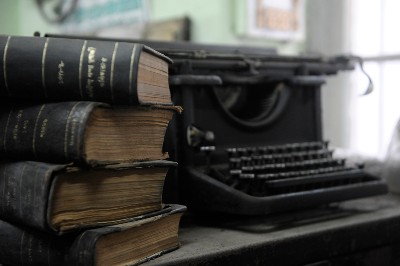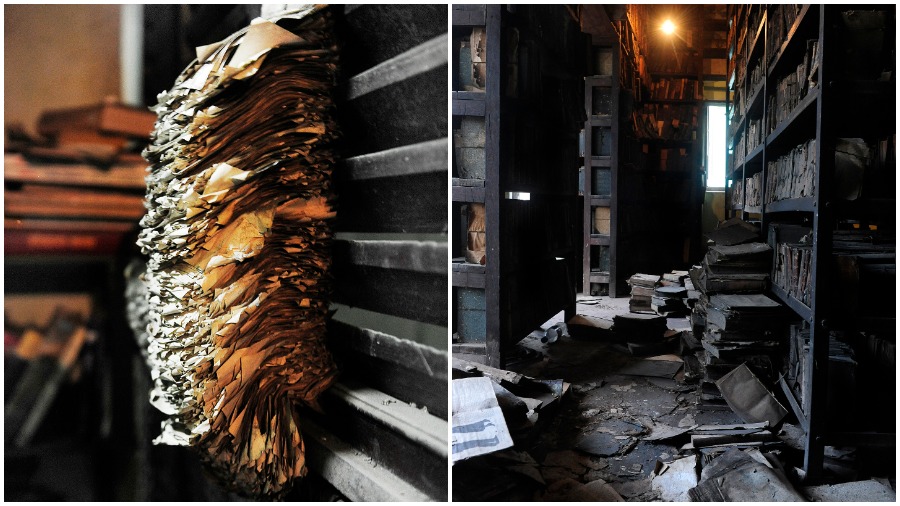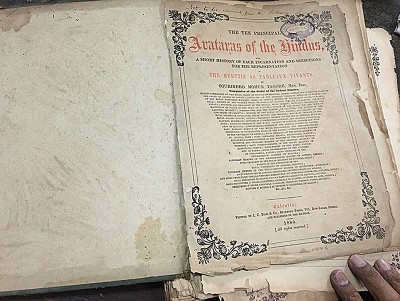 Saturday, 04 May 2024
Saturday, 04 May 2024
 Saturday, 04 May 2024
Saturday, 04 May 2024

This library sought out drama when it crossed the street in 1893 to take up place next to Minerva Theatre in north Calcutta. The Chaitanya Library and Beadon Square Literary Club had been founded four years ago. Founder Gour Hari Sen once said, “I was a member of Kambuliatola Library. In the monsoons it was difficult to journey there (Kumartuli). Kunjobihari Dutt (co-founder) suggested we set up a library on Beadon Street.”
Upala Sen and Subhendu Chaki
According to Tapan Guin (above), who has been the librarian since the late 1990s, there is no count of the number of rare books here. He says, “But we have a good collection of books in Bengali on ayurveda, Hinduism, philosophy, history, collections of essays and journals too.”
Upala Sen and Subhendu Chaki
The ground floor housed the paatha griha and sabha griha. Library secretary Prabir Mondal says, “Lectures and literary meets were the hallmark of this place. There would be microphones and people would line the streets to hear.” Among a printed list of lectures delivered from 1890 are American Institutions and Ideas by General Samuel Merrill; Trial by Jury by Alexander Miller; Life of Bankim Chandra Chatterji by Rabindranath Tagore and Nursery Rhymes of Bengal, also by him; Some thoughts on the poverty of India by P. Ananda Charlu and A Review of Indian pantheism by Babu Dwijendra N. Tagore.
Upala Sen and Subhendu Chaki
The library stuttered through the late 20th century and into the 21st. A leaky roof was the death of many a rare book, including the personal collection of Lawrence Hugh Jenkins, Chief Justice of Bombay and Bengal. As the library turned misnomer, vice-president Shankar Sarkar tried to plug it back into context; got permission to use the space for educational and recreational classes for children from underprivileged families. The second floor gave away during Amphan.
Upala Sen and Subhendu Chaki
Has the government or any private party discussed digitising this archival wealth? “Na, na, na,” says library president Pradip Sengupta. “The books are important, but of historic interest is the library space too. In every brick and every stair and every piece of furniture lives the essence of Tagore. The essence of all those other lofty minds and their high thinking.”
Upala Sen and Subhendu Chaki
Guin flips the pages of The Ten Principal Avataras of the Hindus with A Short History Of Each Incarnation And Directions For The Representation Of The Murtis As Tableaux Vivants, by Sourindro Mohun Tagore (1880). Every other page is a full page litho print of an avatar by Kristohury Das.
Upala Sen and Subhendu Chaki